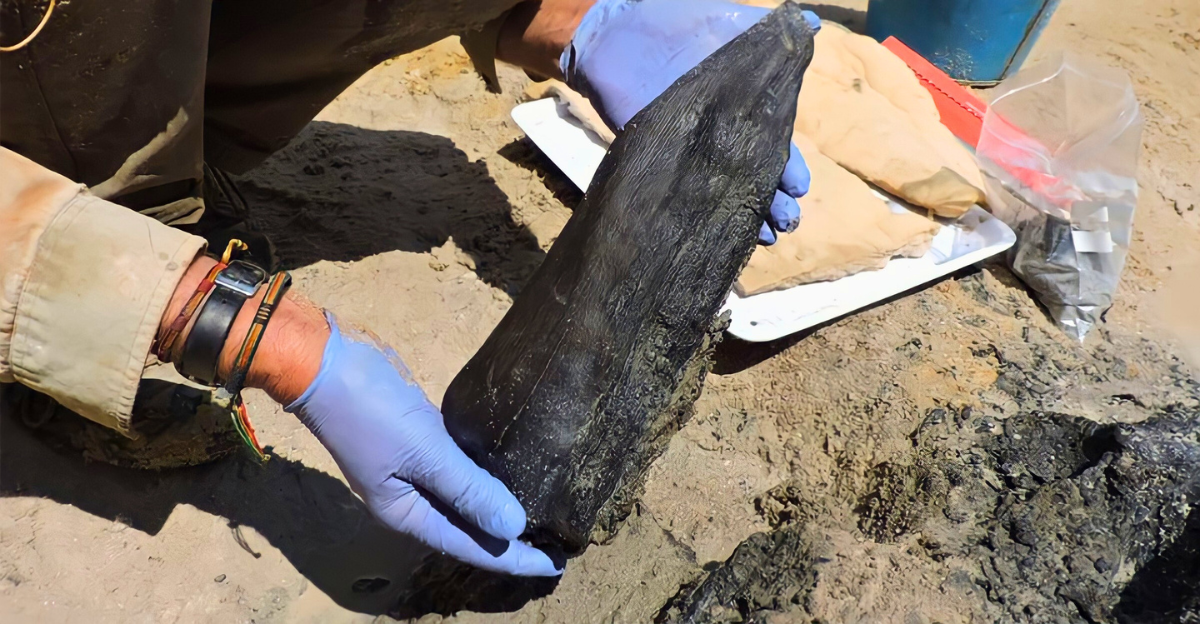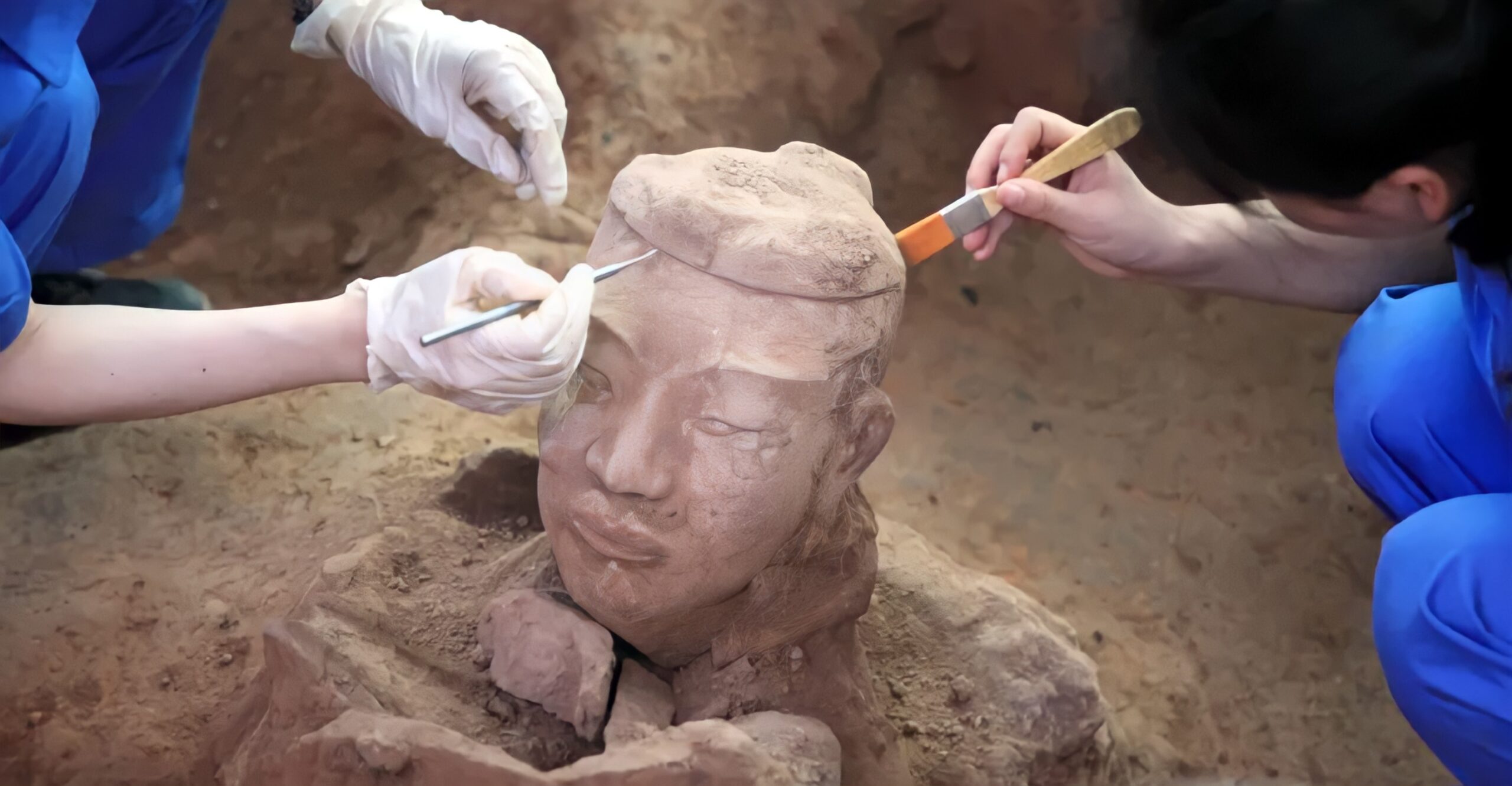
A recent archaeological discovery beneath Zambia’s famed Kalambo Falls has fundamentally challenged what we know about early human society and engineering.
According to The New York Times, an international team led by the University of Liverpool uncovered what is now believed to be the world’s oldest wooden structure, altering expert views on the intelligence and creativity of ancient human relatives.
“This is not just an artifact—it’s a window into the minds of our earliest ancestors,” said Professor Larry Barham, the project’s lead archaeologist. The find is already being hailed as one of the decade’s most transformative in prehistoric research.
Shifting the Timeline

Carbon dating and luminescence analysis revealed the wooden structure to be at least 476,000 years old, predating the evolution of Homo sapiens by over 100,000 years. According to Nature, the logs are evidence that advanced woodworking skills existed among human ancestors far earlier than previously believed.
“Every boundary for early technology has just been pushed back,” said Anne Rogers, a paleoanthropologist at Southern Methodist University, in a BBC interview.
The discovery resets the benchmark for humanity’s engineering timeline and raises fresh questions about the cognitive capabilities of prehistoric people.
Secrets Beneath the Falls

Kalambo Falls has long intrigued experts for its archaeological treasures, but for decades, vital clues remained hidden below layers of sediment and waterlogged earth. The site was first excavated in the 1950s by J. Desmond Clark, who suspected more lay beneath the surface.
According to the BBC, the falls’ unique preservation conditions—constant moisture and low oxygen—allowed organic material like wood to survive for hundreds of thousands of years.
“It’s a miracle these materials endured for so long,” said Professor Geoff Duller, a dating specialist involved with the project.
Preservation Miracle

The waterlogged sediments at Kalambo Falls acted as a natural safe, preventing bacterial decay that usually destroys wood within decades. As explained in The New York Times, the region’s high water table and fine-grained soils shielded ancient timbers from air and rot.
“Wetland sites are gold mines for archaeologists, but preservation on this scale is almost unheard of,” commented Dr. Eleanor Scerri, an evolutionary archaeologist at the Max Planck Institute, in Scientific American.
Without these precise environmental protections, the wooden structure would never have survived to reveal its secrets.
The Groundbreaking Find

In 2019, Professor Larry Barham’s team unearthed two interlocking logs, one precisely notched to fit over the other, from a trench cut deep into Kalambo’s riverbank.
According to Nature, the logs were deliberately shaped with stone tools, showing clear marks of craftsmanship.
“This is the world’s oldest known wooden structure,” stated Barham in the study, emphasizing its significance. The logs come from Combretum zeyheri, a local hardwood tree species, and are believed to have served as a platform or simple foundation for broader structures.
Impact on Africa’s Archaeology

The Kalambo Falls discovery is already transforming the broader understanding of settlement in southern Africa. According to Science, the permanent water source and abundant timber resources may have encouraged less nomadic, more settled early communities.
“This fundamentally changes our view of hunter-gatherers in this region,” said Dr. John Gowlett, a University of Liverpool archaeologist involved in the research, in the same outlet.
The find demonstrates that these ancient people used their environment in creative and sustainable ways previously unrecognized.
Personal Reflections

“This find has changed how I think about our early ancestors. It blows my mind,” shared Professor Larry Barham in The Guardian.
Residents of the region, including local historian Grace Musonda, echoed the sense of pride: “This shows Zambia’s history is important for the whole world.”
The excavation was a collaborative effort, with Zambian institutions such as the Moto Moto Museum and local conservationists playing a central role in preserving and interpreting the discovery, as reported by BBC News.
Technological Leap

Four additional wooden artifacts—including a wedge, digging stick, and notched branch—were found at the site, dating from 390,000 to 324,000 years ago, all shaped by Acheulean stone tools.
Smithsonian Magazine notes this is the world’s earliest evidence of deliberately joinery and complex woodworking involving multiple components.
“It’s a leap in both tool use and cognitive planning,” said Dr. Francesco d’Errico, a renowned paleoarchaeologist, in a statement to Nature.
Science and Significance

By leveraging the latest advances in luminescence dating, which tracks how long minerals are shielded from sunlight, scientists precisely dated the structure to the Middle Pleistocene era.
The Conversation reports that forested landscapes dominated the region at the time, enabling early hominins—potentially Homo heidelbergensis or Homo erectus—to thrive.
“We may owe these ancestors far more credit for shaping our world than we ever realized,” Dr. Geoff Duller added in an interview.
More to be Uncovered

The Kalambo Falls structure hints at even greater archaeological finds yet to be uncovered in Africa’s wetlands. “If more wooden artifacts survive in these environments, we could eventually rewrite large portions of human history,” suggests Professor Barham, as quoted in The New York Times.
As climate change threatens these unique preservational ecosystems, researchers are racing to excavate more sites before it’s too late.
The quest to understand humanity’s earliest roots has just entered a bold new era—what other secrets sleep beneath Africa’s ancient rivers?






